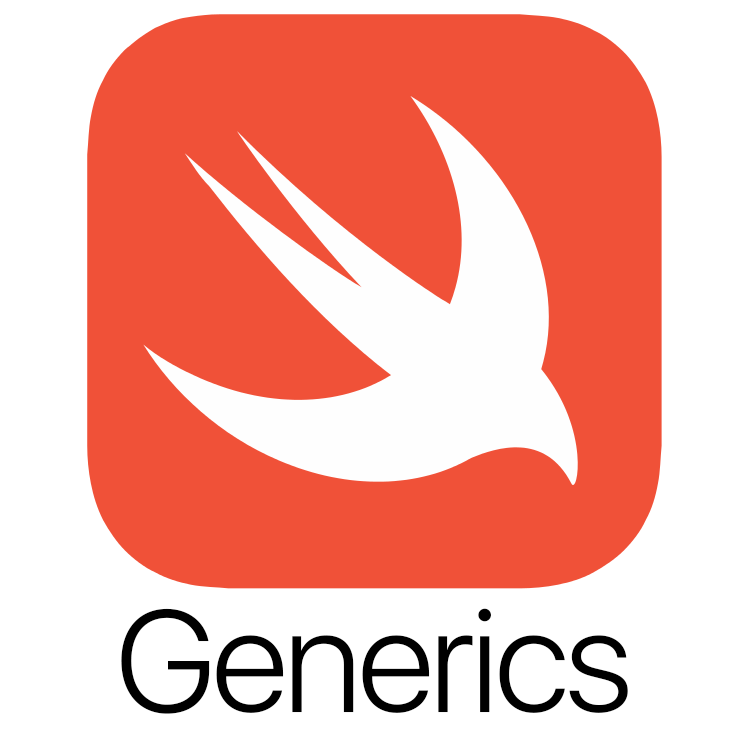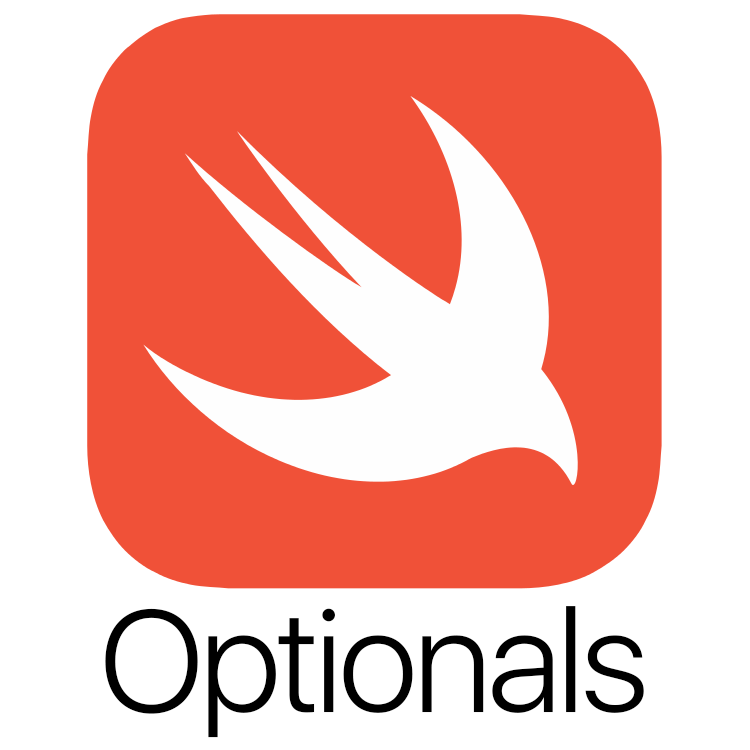Swift Asynchronous Functions
In September 2021 Swift 5.5 was released, and it introduced a new native concurrency model for writing asynchronous and parallel code. This model provides a new syntax for running …


In September 2021 Swift 5.5 was released, and it introduced a new native concurrency model for writing asynchronous and parallel code. This model provides a new syntax for running …

Software developers have long understood the many benefits of code reuse. These benefits include an increase in productivity and code quality, and a decrease in testing and maintenance costs. The idea …

A protocol is an interface that defines a set of properties and methods which are necessary for a particular piece of functionality. The protocol can then be adopted by a class or structure to provide …

Retroactive modeling is the practice of using existing types to represent new concepts, without modifying those types. This technique is important for reusing existing structures, while maintaining …

Most, if not all, programming languages have a construct for defining reusable sets of instructions. In Swift that construct is a closure. A closure is a self-contained chunk of code that is used to …

Swift is designed to be safer than C-based programming languages. For example, Swift is a type safe language, that uses compile-time type checking to help catch errors early in the development …